Home>Garden Essentials>Why Is Earth Losing Its Greenery
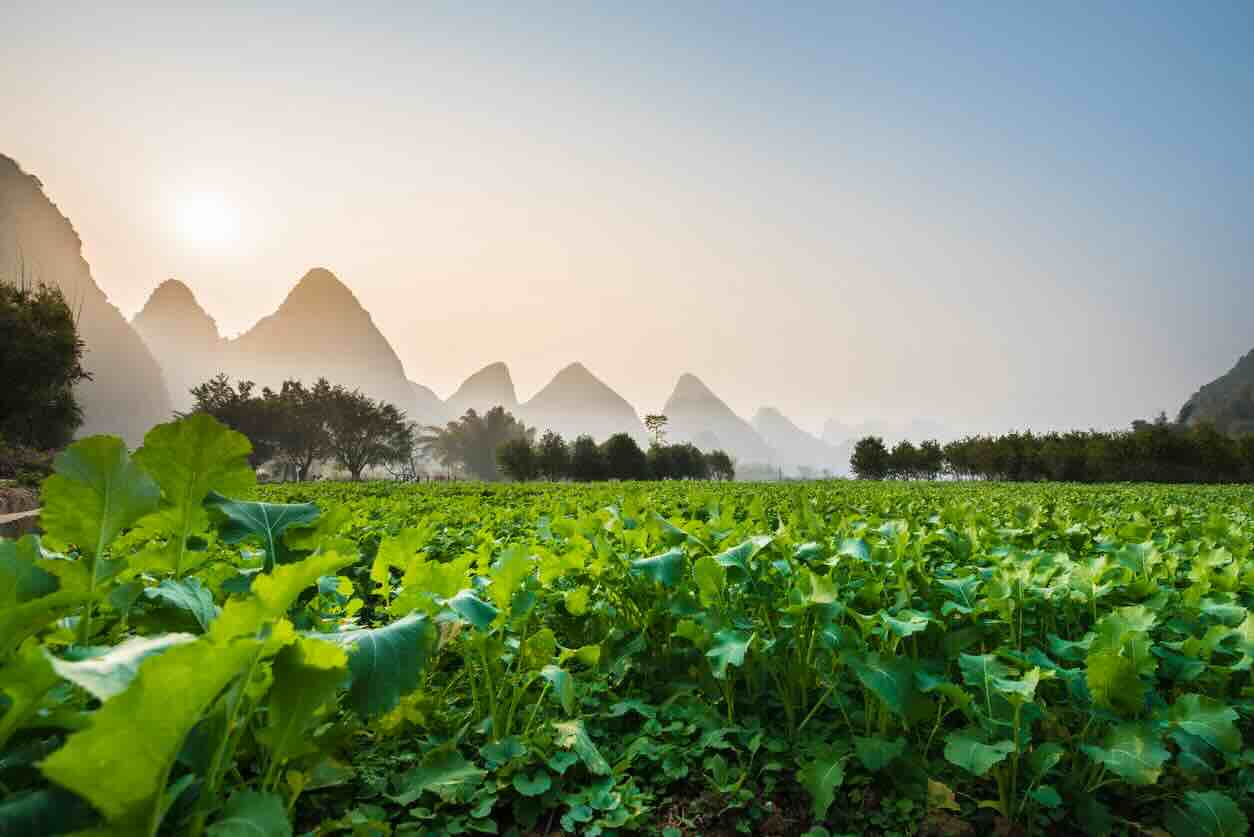

Garden Essentials
Why Is Earth Losing Its Greenery
Modified: March 7, 2024
Discover why the earth is losing its greenery and take action to preserve the environment by starting your own garden.
(Many of the links in this article redirect to a specific reviewed product. Your purchase of these products through affiliate links helps to generate commission for Storables.com, at no extra cost. Learn more)
Introduction
Earth, our beautiful planet, is adorned with lush greenery that sustains life and adds vibrancy to the environment. From vast forests to thriving gardens, green spaces have played a crucial role in maintaining the delicate balance of our ecosystem for centuries. However, in recent years, there has been a concerning decline in the Earth’s green cover.
Deforestation, climate change, pollution, urbanization, and the loss of biodiversity are just a few of the factors contributing to the rapid disappearance of Earth’s greenery. This not only poses a threat to the aesthetics of our surroundings but also has severe consequences for the overall health of the planet.
In this article, we will delve into the reasons why Earth is losing its greenery and explore the various challenges that need to be addressed to reverse this alarming trend. We will also highlight the importance of preserving green spaces and discuss the initiatives being undertaken to conserve and restore Earth’s green cover.
Join us as we take a closer look at the threats faced by Earth’s greenery and the measures we must take to protect these crucial assets.
Key Takeaways:
- Earth’s greenery is disappearing due to deforestation, climate change, pollution, urbanization, and biodiversity loss. We must take action to protect and restore green spaces for a healthy planet.
- By combating deforestation, reducing pollution, promoting sustainable agriculture, and preserving biodiversity, we can ensure a greener future for Earth’s well-being and the well-being of all living organisms.
Read more: Why Are My Mums Losing Color
Deforestation: A Major Threat to Earth’s Greenery
Deforestation, the deliberate clearing of forests, is one of the leading causes of the decline in Earth’s green cover. With its far-reaching impacts, deforestation poses a significant threat to both the environment and the biodiversity of our planet.
One of the primary drivers of deforestation is the expansion of agricultural activities. As the global demand for food continues to rise, large areas of forested land are being cleared for farming, livestock grazing, and the cultivation of cash crops. The clearing of forests not only removes valuable habitats for countless plant and animal species but also reduces the planet’s capacity to absorb carbon dioxide, a key greenhouse gas responsible for climate change.
Another major cause of deforestation is logging for timber and the production of paper products. Many forests are being indiscriminately cut down for commercial purposes without considering the long-term consequences. This not only threatens the survival of countless species but also disrupts the delicate balance of ecosystems, leading to a loss of biodiversity and ecological stability.
Furthermore, deforestation contributes to soil erosion as the removal of trees exposes the soil to erosion by wind and water. This results in the loss of fertile topsoil, making it challenging for vegetation to regrow. The barren land left behind not only fails to support plant life but is also highly susceptible to desertification, further exacerbating the loss of greenery.
Deforestation also has a significant impact on the water cycle. Trees act as natural sponges, absorbing rainfall and releasing it slowly into streams, rivers, and underground water reserves. When forests are cleared, this vital function is disrupted, leading to increased runoff, soil erosion, and a decrease in water quality. The loss of forest cover can also contribute to changes in local weather patterns, leading to droughts and other adverse climatic conditions.
To combat the threat of deforestation and preserve Earth’s greenery, concerted efforts must be made at both individual and global levels. Reforestation initiatives, sustainable land management practices, and the promotion of alternative farming techniques that minimize environmental impact are crucial steps towards curbing deforestation. Additionally, stricter regulations and enforcement to prevent illegal logging and promote responsible forest management are vital.
Earth’s greenery is a fundamental component of our planet’s health and well-being. It not only provides habitats for diverse species but also regulates climate, maintains water resources, and contributes to the overall balance of our ecosystem. By addressing and mitigating the factors driving deforestation, we can protect and restore Earth’s green cover, ensuring a sustainable future for generations to come.
Climate Change: Impact on Earth’s Green Cover
Climate change, driven by human activities, is having a profound impact on the Earth’s green cover. Rising global temperatures, changing rainfall patterns, and extreme weather events pose significant challenges to the health and sustainability of green spaces worldwide.
One of the most noticeable effects of climate change on Earth’s greenery is the alteration of plant distribution and growing seasons. As temperatures rise, some plant species are struggling to adapt to the changes, leading to shifts in their geographic ranges. Certain regions that were once suitable for specific plants may become too hot or dry, rendering them inhospitable for growth. This disruption of plant distribution can disturb ecosystems, hinder pollination patterns, and ultimately lead to a loss of biodiversity.
Changing rainfall patterns also play a crucial role in the decline of Earth’s green cover. Some areas are experiencing more frequent droughts, while others are facing an increase in heavy rainfall and floods. Both scenarios have adverse effects on the health of plants and the sustainability of green spaces. Droughts deplete soil moisture, hindering plant growth and making them more vulnerable to diseases and pests. Flooding, on the other hand, can drown plants and cause soil erosion, leading to the destruction of habitats and the loss of vegetation.
Extreme weather events, such as hurricanes, cyclones, and wildfires, are becoming more frequent and intense due to climate change. These events can have catastrophic consequences for Earth’s greenery. Powerful storms uproot trees, destroy forests, and disrupt ecosystems. Wildfires fueled by dry conditions and high temperatures can quickly spread, decimating vast areas of vegetation. The recovery of green spaces after such events can be slow and challenging, further exacerbating the loss of greenery.
In addition to direct impacts on plant health, climate change also affects the delicate balance between plants and their pollinators. Many plant species rely on specific pollinators, such as bees, butterflies, and birds, for reproduction. However, changes in temperature and rainfall patterns can disrupt the synchronization between plants’ flowering periods and the availability of pollinators, leading to a decline in successful pollination and seed production. This can have cascading effects on the biodiversity and sustainability of Earth’s green spaces.
To mitigate the impact of climate change on Earth’s green cover, it is crucial to reduce greenhouse gas emissions and adopt sustainable practices. Transitioning to renewable energy sources, promoting energy efficiency, and reforesting degraded areas are important steps towards combating climate change. Additionally, it is essential to protect and restore natural habitats, as they serve as carbon sinks, regulate temperature and precipitation patterns, and support the resilience of green spaces.
The preservation of Earth’s green cover is not only essential for the health of our planet but also for the well-being of all living organisms. By addressing climate change and implementing sustainable solutions, we can safeguard the future of our green spaces and ensure a thriving and resilient environment for generations to come.
Pollution: Diminishing the Green Spaces
Pollution is a significant threat to Earth’s green spaces, as it degrades the quality of air, water, and soil, directly impacting the health and sustainability of vegetation. Rapid industrialization, urban development, and improper waste management practices have led to widespread pollution, endangering the existence of greenery worldwide.
Air pollution, primarily caused by emissions from vehicles, industries, and the burning of fossil fuels, has detrimental effects on plant life. Pollutants such as nitrogen dioxide, sulfur dioxide, and particulate matter can damage the leaves, impair photosynthesis, and hinder the growth and reproduction of plants. Acid rain, resulting from the interaction of pollutants with rainfall, can also lead to soil acidification, further impacting the vitality of green spaces.
Water pollution, caused by the discharge of industrial waste, agricultural runoff, and improper sewage disposal, poses a threat to aquatic ecosystems and the greenery they support. Contaminated water sources can seep into the soil, affecting the quality and nutrient availability for plants. Additionally, excessive nutrient runoff, such as phosphates and nitrates, can lead to algal blooms, depleting oxygen levels in water bodies and causing harm to plant and animal life.
Soil pollution, resulting from the accumulation of heavy metals, pesticides, and other chemicals, poses a significant risk to the health of green spaces. These pollutants can leach into the soil, making it inhospitable for plant growth and endangering the long-term sustainability of vegetation. The absorption of contaminants by plants can also lead to bioaccumulation in the food chain, further impacting wildlife and human health.
Pollution not only directly affects green spaces but also indirectly disrupts ecosystems and alters the delicate balance of biodiversity. As plants are harmed by pollution, the habitats they provide for various animal species are compromised. This can lead to a decrease in biodiversity and ecological imbalances that have far-reaching consequences for the health and resilience of ecosystems.
To address pollution and mitigate its impact on green spaces, it is crucial to adopt sustainable practices and promote environmental stewardship. Implementing stricter regulations on emissions and industrial waste disposal, investing in cleaner technologies, and promoting renewable energy sources can help reduce air pollution and its adverse effects on greenery. Additionally, proper waste management, including recycling and responsible disposal techniques, can prevent pollution from infiltrating soil and water sources.
Individual actions also play a vital role in combating pollution and preserving green spaces. Making environmentally conscious choices, such as reducing personal carbon footprint, conserving water, and using eco-friendly products, can contribute to creating a healthier environment for plants and wildlife.
By actively addressing pollution and working collectively to reduce its impact, we can mitigate the threats faced by Earth’s green spaces. Ensuring clean air, water, and soil is essential not only for the survival of plants but also for the well-being of all living beings who depend on the beauty and benefits of greenery.
Urbanization and Infrastructure Development: Threats to Greenery
The rapid pace of urbanization and infrastructure development is posing significant threats to Earth’s greenery. As urban areas expand and concrete jungles replace natural habitats, the loss of green spaces becomes evident, impacting the environment, wildlife, and human well-being.
One of the primary consequences of urbanization is the conversion of green spaces into built environments. Forests, meadows, and parks make way for roads, buildings, and concrete structures, resulting in the fragmentation and destruction of natural habitats. This not only eliminates essential habitats for flora and fauna but also disrupts ecological corridors, hindering the movement and gene flow of wildlife populations.
As cities expand, the demand for housing, commercial areas, and infrastructure projects increases. The construction of buildings and roads often involves clearing large areas of vegetation. This loss of green cover contributes to the loss of valuable carbon sinks, leading to increased greenhouse gas emissions and further exacerbating climate change.
Green spaces play a crucial role in mitigating urban heat island effects. Trees, parks, and green roofs provide shade and evaporative cooling, reducing the overall temperature of urban areas. However, the reduction in green spaces due to urbanization can result in higher temperatures and reduced air quality. This not only impacts the comfort and health of city dwellers but also increases energy consumption for cooling, further contributing to carbon emissions.
Moreover, urbanization leads to increased impervious surfaces, such as paved roads and concrete buildings. These surfaces prevent rainwater from infiltrating the soil, leading to increased stormwater runoff and potential flooding. The loss of natural green spaces eliminates the vital role they play in absorbing and storing water, exacerbating flood risks and water pollution. Urban areas also face challenges of inadequate green infrastructure to manage stormwater effectively.
However, there is growing awareness of the importance of green spaces in urban planning and development. Many cities are implementing measures to incorporate green infrastructure, such as green roofs, vertical gardens, and urban parks, into their urban landscapes. These initiatives help mitigate the loss of greenery, improve air quality, reduce heat island effects, and provide recreational spaces for communities.
It is essential for urban policymakers and developers to prioritize the preservation and creation of green spaces. Incorporating green infrastructure in building designs, implementing stringent land-use regulations, and encouraging sustainable urban planning practices can help strike a balance between urban development and the conservation of green spaces. In addition, promoting community gardens, rooftop gardens, and urban farming can provide opportunities for residents to connect with nature and contribute to greener urban environments.
Preserving and creating green spaces in urban areas is not only beneficial for the environment but also enhances the overall quality of life for residents. By recognizing the importance of greenery in urban settings and taking proactive measures to protect and promote it, we can create sustainable, livable, and vibrant cities for present and future generations.
One tip for preserving Earth’s greenery is to support reforestation efforts by planting trees and supporting organizations that work to protect and restore forests.
Read more: Why Is My Air Mattress Losing Air
Loss of Biodiversity: Consequences for Earth’s Green Environment
The loss of biodiversity is a severe consequence of human activities and poses significant threats to Earth’s green environment. Biodiversity, the variety of plant and animal species, is fundamental to the health and resilience of ecosystems. However, habitat destruction, pollution, climate change, and unsustainable practices have led to the rapid decline of biodiversity, resulting in detrimental effects on green spaces worldwide.
One of the primary impacts of biodiversity loss is the disruption of ecological balance. Each species in an ecosystem plays a vital role in maintaining the overall health and functioning of that ecosystem. When species disappear or their populations decline, the equilibrium of the ecosystem is disturbed. This disruption can have far-reaching consequences for Earth’s green environment, including reduced soil fertility, altered nutrient cycling, and the spread of invasive species.
Plants, in particular, rely on a diverse array of pollinators for reproduction. Pollinators such as bees, birds, butterflies, and bats facilitate the transfer of pollen between flowers, enabling the production of seeds and fruits. However, the decline in pollinator populations due to habitat loss and pesticide use has been detrimental to plant reproduction. This not only affects the reproduction of individual plant species but also decreases the availability of food sources for animals that depend on those plants.
Loss of biodiversity also hampers the ability of green spaces to adapt to changing environmental conditions. With a limited pool of genetic diversity, plants and animals are less resilient in the face of challenges such as diseases, pests, and climate change. A lack of genetic diversity reduces the likelihood of beneficial genetic mutations or adaptations that can help species survive and thrive in changing environments. This can lead to a loss of plant productivity, a decrease in habitat availability, and ultimately, a decline in the overall health of Earth’s green environment.
Furthermore, biodiversity loss has significant implications for human livelihoods and well-being. Many communities around the world depend on natural resources, such as forests, for their economic and cultural well-being. The loss of biodiversity disrupts these ecosystems, resulting in the loss of traditional knowledge, medicinal plants, and vital ecosystem services that communities rely on for food, water, and shelter.
To address the loss of biodiversity and protect Earth’s green environment, conservation efforts are essential. This includes the establishment of protected areas, the restoration of degraded habitats, and the implementation of sustainable land management practices. Protecting critical ecosystems and promoting sustainable practices not only safeguards biodiversity but also preserves the services and benefits that green spaces provide to humans, such as clean air, water, and climate regulation.
Educating and raising awareness among individuals and communities is also crucial. Understanding the importance of biodiversity and its connection to the health of green spaces can inspire action and foster a sense of responsibility towards conservation efforts. Supporting local initiatives, engaging in sustainable practices, and advocating for stronger environmental policies are ways in which individuals can contribute to the preservation of Earth’s green environment and the protection of its diverse array of species.
By addressing the causes of biodiversity loss and taking concrete steps towards conservation, we can ensure the long-term sustainability and health of Earth’s green environment. Protecting biodiversity is not only crucial for the survival of species but also for creating a harmonious and thriving planet for future generations to enjoy.
Agricultural Practices: Balancing Food Production and Greenery Conservation
Agriculture plays a vital role in feeding the growing global population. However, conventional agricultural practices have often come at the expense of Earth’s greenery, leading to environmental degradation and the loss of biodiversity. Finding a balance between food production and greenery conservation is crucial for sustainable agriculture and the long-term health of our planet.
One of the significant challenges of conventional agriculture is monoculture, the practice of cultivating a single crop over large areas. This results in the loss of natural biodiversity as diverse ecosystems are converted into vast fields of a single crop. Monocultures are more susceptible to pests, diseases, and adverse weather conditions, requiring increased pesticide and fertilizer use, thereby polluting soil, water, and air.
Implementing diverse cropping systems, such as agroforestry and crop rotation, can help maintain and restore biodiversity in agricultural landscapes. Agroforestry integrates trees, crops, and livestock, creating a more diverse and resilient system. It provides shade, reduces soil erosion, improves water retention, and enhances habitat for wildlife. Crop rotation involves systematically alternating crops in the same field, which breaks pest and disease cycles, improves soil health, and maximizes resource use efficiency.
Another significant concern is the excessive use of pesticides and synthetic fertilizers in conventional agriculture. These chemicals can contaminate the environment, harm beneficial organisms, and contribute to water pollution and the degradation of green spaces. Embracing organic farming practices, such as the use of natural fertilizers, biological pest control, and crop diversification, can minimize the negative impacts of chemical inputs and promote biodiversity conservation.
Efficient water management is critical in agricultural practices to ensure the conservation of green spaces and minimize water wastage. Many traditional farming systems, such as rainwater harvesting, drip irrigation, and conservation tillage, can reduce water consumption and protect natural water sources. These practices enhance soil health, prevent erosion, and conserve water for both crops and natural ecosystems.
In recent years, sustainable and regenerative farming practices have gained attention for their potential to mitigate the negative impacts of conventional agriculture on greenery. These practices focus on enhancing soil fertility, promoting biodiversity, and reducing chemical inputs. Techniques such as agroecology, permaculture, and precision agriculture can be utilized to optimize resource use, minimize waste, and protect green spaces.
In addition to on-farm practices, consumers also play a crucial role in supporting sustainable agriculture and greenery conservation. Choosing locally sourced, organic, and seasonal produce helps promote sustainable farming practices that prioritize the health of both people and the environment. Supporting farmers who implement agroecological practices and participating in community-supported agriculture are effective ways to contribute to a more sustainable and greener food system.
Ultimately, striking a balance between food production and greenery conservation requires a shift towards more sustainable agricultural practices. By adopting agroecological principles, reducing chemical inputs, diversifying crops, and implementing efficient water management, we can ensure the long-term sustainability of agriculture while preserving and enhancing Earth’s green spaces.
It is essential for farmers, policymakers, and consumers to collaborate in promoting sustainable agricultural practices that prioritize both food production and the conservation of greenery. By working together, we can foster a harmonious relationship between agriculture and the environment, ensuring a sustainable and vibrant future for all.
Conservation Efforts: Initiatives to Preserve Earth’s Green Spaces
The preservation of Earth’s green spaces is crucial for maintaining biodiversity, mitigating climate change, and ensuring the overall health of our planet. To combat the threats faced by greenery, various initiatives and conservation efforts have been implemented worldwide. These initiatives aim to protect and restore natural habitats, promote sustainable practices, and raise awareness about the importance of preserving Earth’s green spaces.
One of the primary objectives of conservation efforts is the establishment of protected areas. National parks, nature reserves, and wildlife sanctuaries are designed to safeguard critical ecosystems and provide habitats for a diverse range of plant and animal species. These protected areas often have strict regulations to prevent habitat destruction, illegal hunting, and unsustainable practices. They also facilitate scientific research and educational activities to enhance our understanding of natural ecosystems.
Ecological restoration is another significant conservation initiative aimed at regaining the integrity and functionality of damaged ecosystems. Restoration projects involve activities such as reforestation, wetland creation, and habitat enhancement. These efforts focus on planting native species, restoring natural hydrological cycles, and promoting biodiversity. Restoration projects not only enhance green spaces but also provide opportunities for community involvement, education, and job creation.
Sustainable land management practices are essential for balancing human needs with the preservation of green spaces. Conservation agriculture, agroforestry, and sustainable forestry techniques promote responsible resource management, soil conservation, and biodiversity protection. These practices minimize the use of agrochemicals, reduce soil erosion, and create productive and resilient ecosystems.
Collaborative efforts between governments, non-governmental organizations (NGOs), and communities are crucial for successful conservation. NGOs play a vital role in protecting green spaces through advocacy, research, and community engagement. They work towards securing legal protections, raising awareness, and implementing conservation projects to safeguard critical habitats. Governments can support conservation efforts by implementing and enforcing environmental regulations, providing funding and incentives for sustainable practices, and collaborating with NGOs and local communities.
Education and public awareness campaigns are essential for engaging individuals and communities in green space conservation. By highlighting the benefits and importance of greenery, these initiatives seek to foster a sense of responsibility and encourage environmentally friendly behaviors. Environmental education programs, nature-based tourism, and community outreach projects help raise awareness about the value of preserving Earth’s green spaces and promote sustainable lifestyles.
International collaborations and agreements are also instrumental in protecting and conserving Earth’s green spaces. Treaties, such as the Convention on Biological Diversity and the Paris Agreement, emphasize the need for global cooperation to address biodiversity loss and climate change. These agreements serve as frameworks for countries to work together, share knowledge and resources, and take collective action towards the preservation of green spaces worldwide.
Individual actions also contribute to the conservation of green spaces. Planting trees, supporting local conservation organizations, reducing waste and consumption, and adopting sustainable practices in daily life make a difference. Small individual efforts, when combined, can have a positive impact on the health and sustainability of Earth’s green spaces.
Preserving Earth’s green spaces is not an option but a necessity. By combining governmental policies, community involvement, sustainable practices, educational initiatives, and international collaborations, we can ensure the preservation of green spaces for future generations. The collective efforts of all stakeholders can make a significant difference in protecting and enhancing Earth’s green environment.
Conclusion
Earth’s greenery is a precious and essential component of our planet’s health and well-being. The rapid decline of green spaces due to deforestation, climate change, pollution, urbanization, and biodiversity loss poses grave threats to the environment and all life forms. However, there is hope. Conservation efforts, sustainable practices, and increased awareness are key to preserving and restoring Earth’s green spaces.
Deforestation, fueled by agricultural expansion and logging, remains a critical challenge. By implementing reforestation initiatives, sustainable land management practices, and responsible forest management, we can combat deforestation and protect valuable habitats. Climate change, another significant threat, demands global action. Reducing greenhouse gas emissions, promoting renewable energy, and adapting to changing environmental conditions are crucial steps to safeguard Earth’s green cover.
Pollution, particularly air, water, and soil pollution, negatively impacts green spaces. By adopting eco-friendly practices, reducing chemical inputs, and promoting sustainable waste management, we can minimize pollution and protect the health of Earth’s green environments. Urbanization and infrastructure development must also prioritize green spaces, incorporating green infrastructure and sustainable urban planning to ensure a greener future.
The loss of biodiversity is a serious consequence of human activities. Through the establishment of protected areas, ecological restoration projects, and sustainable land management practices, we can preserve and restore biodiversity in Earth’s green spaces. Public awareness campaigns, education, and international collaborations further foster a sense of responsibility, engage communities, and drive conservation efforts.
By balancing food production and greenery conservation through diverse cropping systems, organic farming, and efficient water management, we can ensure sustainable agriculture without compromising the health of our green spaces. Initiatives at both individual and global levels play a crucial role in supporting green space conservation.
In conclusion, the preservation of Earth’s green spaces is vital for the well-being of the planet and future generations. Through concerted efforts, we can protect and restore greenery, mitigate climate change, conserve biodiversity, and promote sustainable practices. It is our collective responsibility to cherish and safeguard Earth’s green environments, for they are not only a source of natural beauty but also a cornerstone of a healthy and thriving planet.
Frequently Asked Questions about Why Is Earth Losing Its Greenery
Was this page helpful?
At Storables.com, we guarantee accurate and reliable information. Our content, validated by Expert Board Contributors, is crafted following stringent Editorial Policies. We're committed to providing you with well-researched, expert-backed insights for all your informational needs.



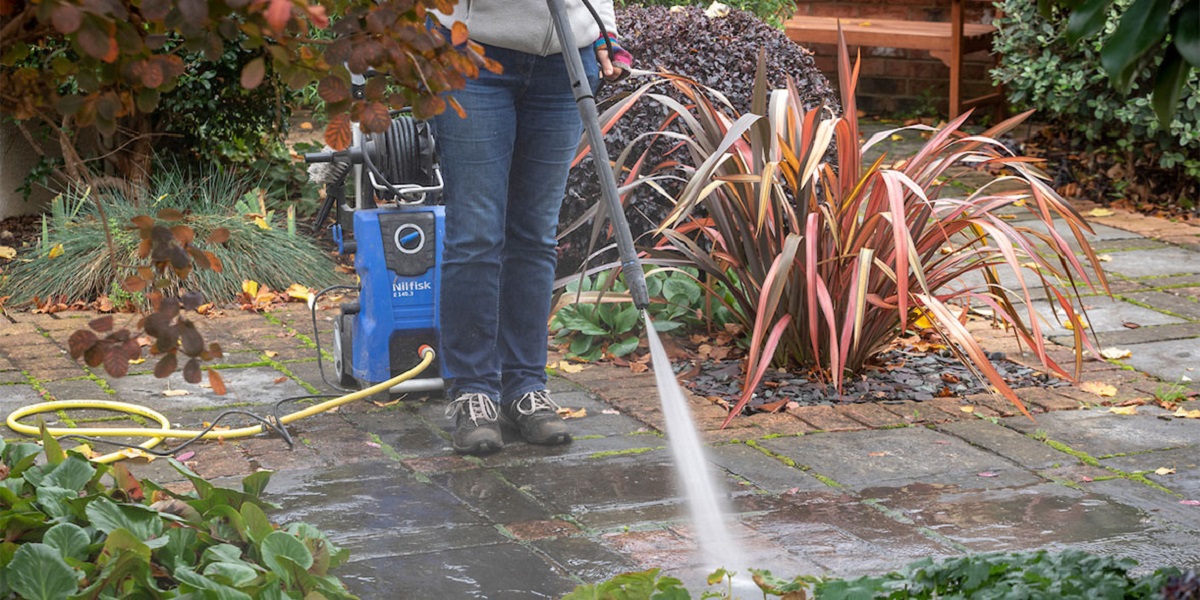

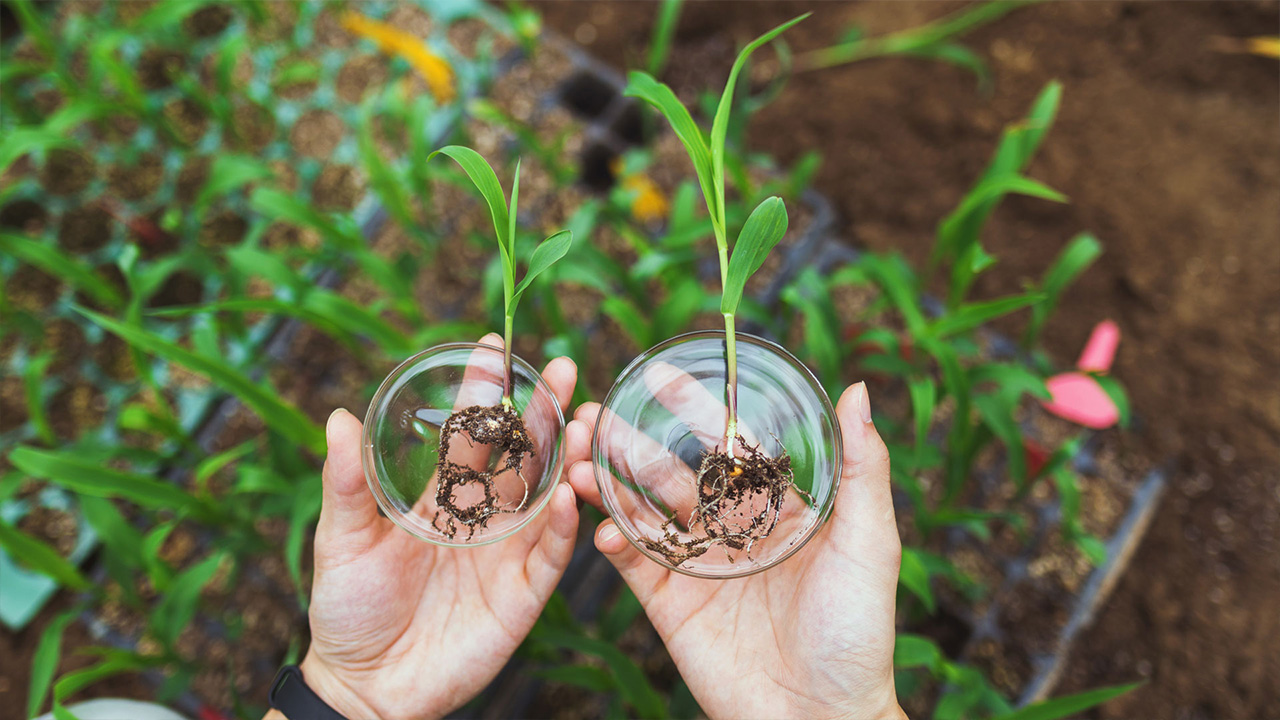

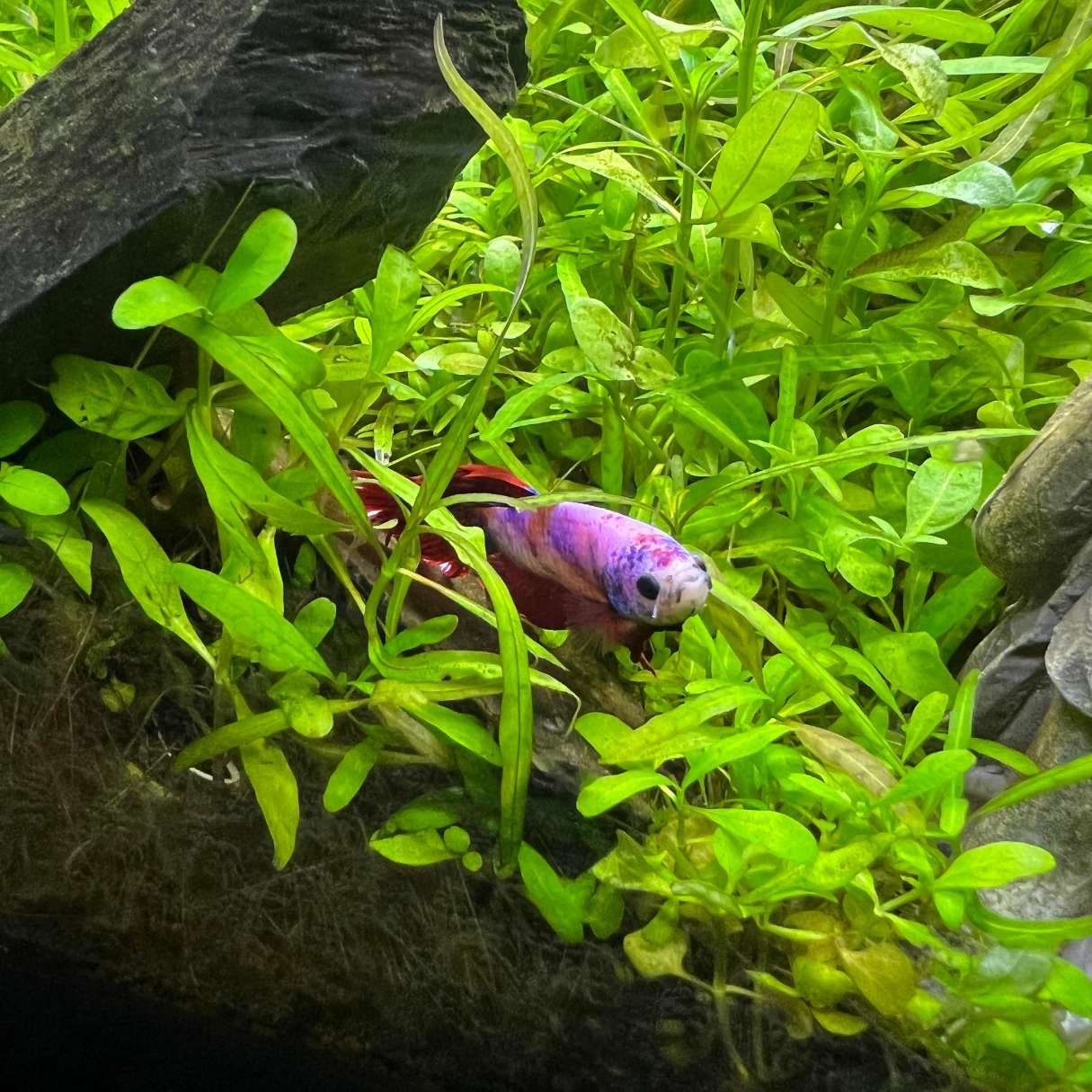
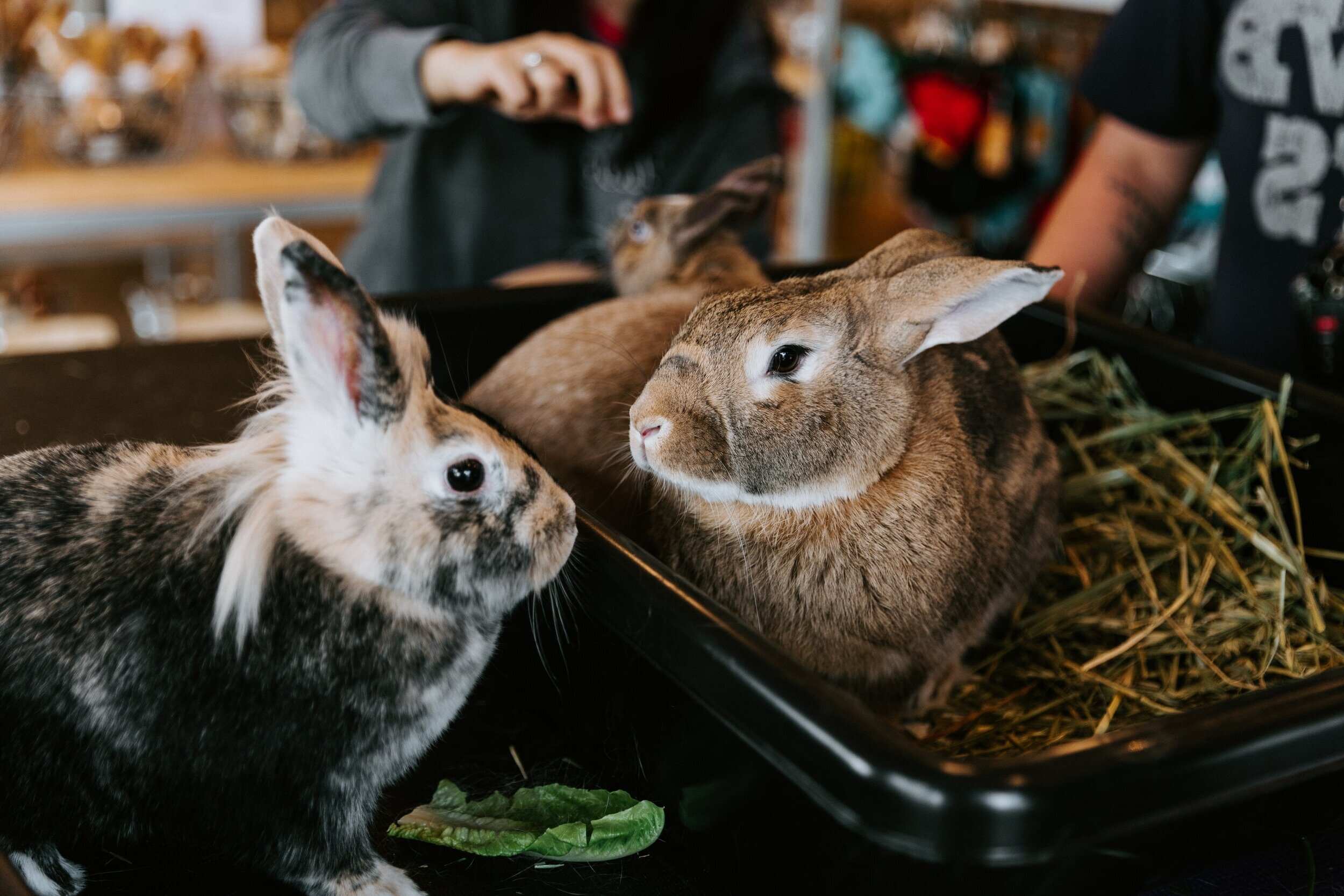

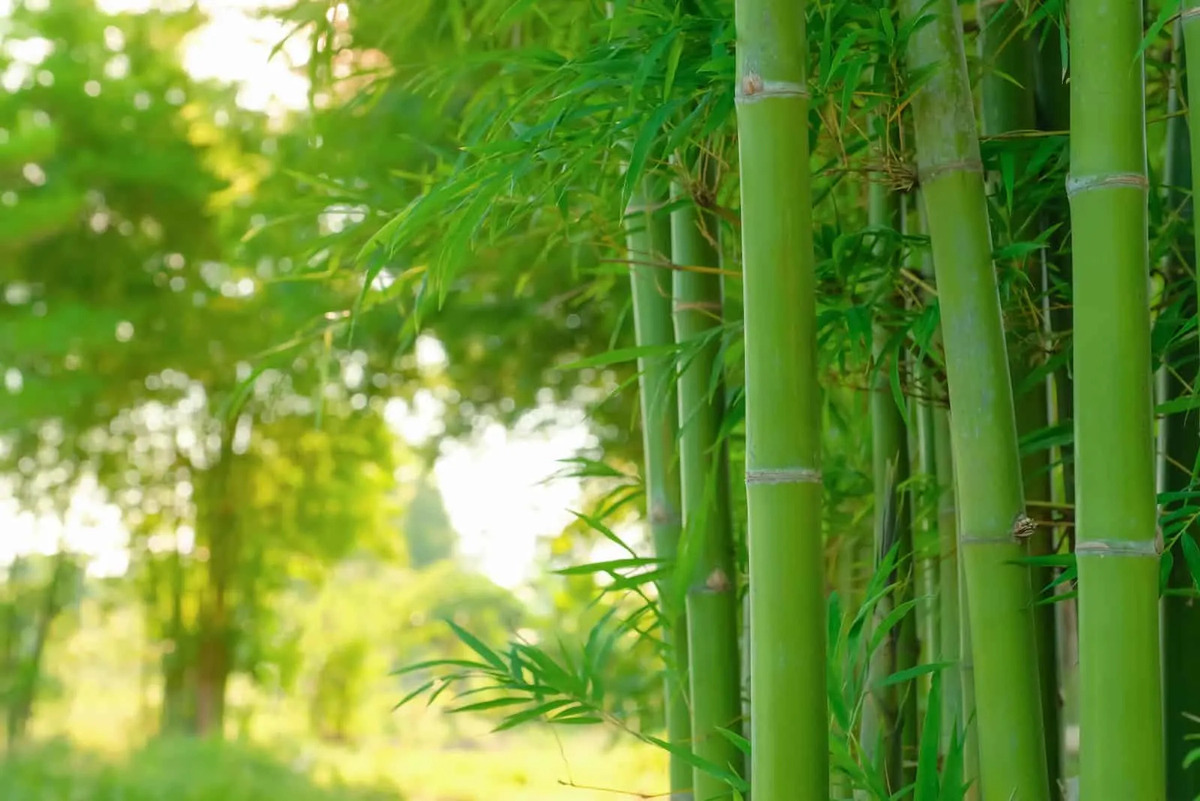




0 thoughts on “Why Is Earth Losing Its Greenery”